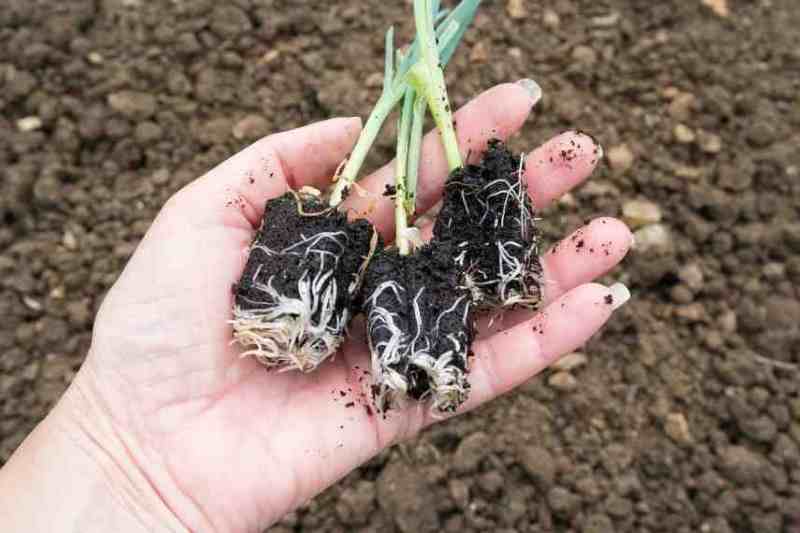Your order of annual or biennial plug plants has just arrived! These plug plants offer a wide choice for beds, borders and window boxes. Among most common are petunias, surfinias, begonias, verbenas, lobelias, marigolds and zinnias for colourful flowering. Pansies and forget-me-nots, often biennial, brighten spring, while diascias, nemesias and sanvitalias complete compositions. Here are essential steps to welcome, prepare and plant them to ensure good establishment and abundant flowering.
Unpack and check plants
On receipt, open parcel carefully. Plug plants are packed in biodegradable cardboard shells that protect them during transit. Check plants are in good condition:
- Leaves should be green and vigorous
- Roots moist and not dried out
- No sign of mould or significant wilting
If plants look a little tired, no need to worry! They will need some water and light to recover.

Rehydrate plug plants
Before planting, it is essential to rehydrate roots:
- Soak plug plants in a container of water at room temperature for a few minutes
- Drain them lightly before planting
This step helps avoid water stress and promotes good establishment of plants in soil or in a pot.
Choose right location
Annuals generally prefer full sun or partial shade, depending on species. Plant in well-drained, fertile soil or in pots with a good light potting compost.
- In ground: loosen soil by adding some mature compost*
- In pot or planter: choose a potting compost for flowering plants, enriched with organic fertiliser
*Warning!: annual flowers in plug plants are often too delicate to plant straight into ground. Strengthen them a little in pots with potting compost for a few weeks before planting out.
Plant annual plug plants in pots or planters
You can plant immediately or wait a few days if soil is too cold or waterlogged.
- Dig a hole slightly larger than plug
- Place plant keeping top of plug level with soil
- Firm soil lightly around and water generously.
First care after planting
To ensure good establishment:
- Water regularly (without excess) for first few days
- Protect from direct sun in hot weather
- Avoid feeding with fertiliser too soon; wait a few weeks before applying to stimulate growth.































Comments